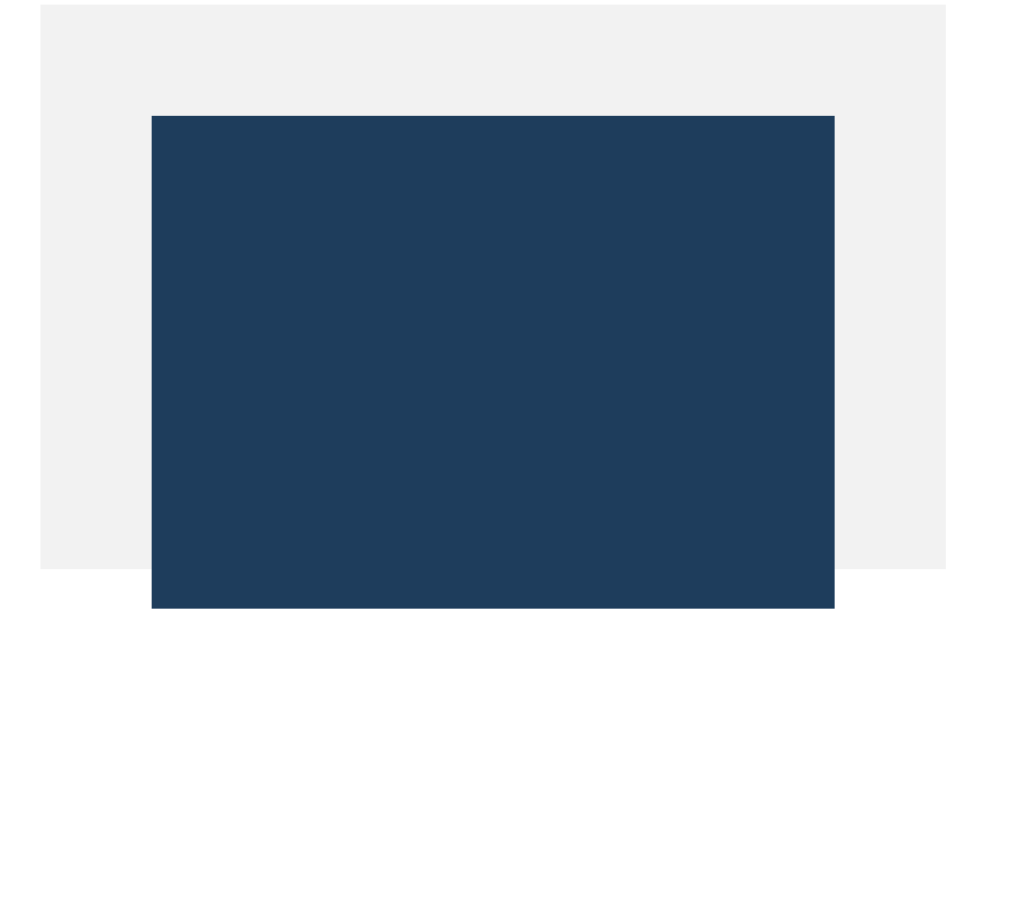Customer support calls are a valuable source of data for businesses that want to improve their products, services, and customer satisfaction. However, analyzing audio data is not a trivial task, as it requires specialized tools and techniques to extract meaningful information from speech. Audio annotation is the process of adding labels or metadata to audio files, such as transcribing the spoken words, identifying the speakers, tagging the emotions, topics, and intents, and summarizing the outcomes. Audio annotation can help businesses gain insights from customer support calls and use them to train AI models for various applications, such as speech recognition, natural language processing, sentiment analysis, and conversational AI.
However, audio annotation is not a one-size-fits-all solution, as different projects may have different requirements and goals. Therefore, it is important to follow some guidelines and best practices to ensure the quality and consistency of audio annotation. Here are some tips to consider when annotating customer support calls:
- Define the scope and purpose of the project: Before starting the annotation process, it is essential to clarify the objectives and expectations of the project. What kind of information do you want to extract from the audio data? What are the use cases and applications of the annotated data? How will you measure the success and accuracy of the annotation? These questions can help you define the scope and purpose of the project and determine the appropriate annotation methods and tools.
- Choose the right annotation tools and techniques: Depending on the scope and purpose of the project, you may need different types of annotation tools and techniques. For example, if you want to transcribe the speech to text, you may use an automated speech recognition (ASR) system or a manual transcription service. If you want to identify the speakers, you may use a speaker diarization system or a manual labeling service. If you want to tag the emotions, topics, and intents, you may use a natural language processing (NLP) system or a manual annotation service. The choice of annotation tools and techniques depends on the trade-off between speed, cost, and quality. You may also use a combination of automated and manual methods to achieve the best results.
- Establish clear and consistent annotation guidelines: One of the most important factors for ensuring the quality and consistency of audio annotation is to have clear and consistent annotation guidelines. Annotation guidelines are a set of rules and instructions that define how to annotate the audio data, such as what labels or categories to use, how to handle ambiguous or unclear cases, how to resolve conflicts or disagreements, and how to document and report the annotation process. Annotation guidelines should be specific, comprehensive, and easy to understand and follow. They should also be reviewed and updated regularly to reflect the feedback and changes in the project.
- Ensure the quality and reliability of the annotated data: After the annotation process is completed, it is crucial to check the quality and reliability of the annotated data. This can be done by using various methods, such as cross-validation, inter-annotator agreement, error analysis, and feedback. Cross-validation is a technique that splits the annotated data into training and testing sets and evaluates the performance of the annotation model on the testing set. Inter-annotator agreement is a measure that quantifies the degree of consensus or consistency among different annotators. Error analysis is a technique that identifies and categorizes the types and sources of errors in the annotation. Feedback is a process that collects and incorporates the comments and suggestions from the annotators, clients, and users to improve the annotation quality and reliability.
By following these guidelines and best practices, you can ensure that your customer support call audio annotation project is successful and effective. Audio annotation can help you unlock the potential of your audio data and use it to enhance your business performance and customer satisfaction.

